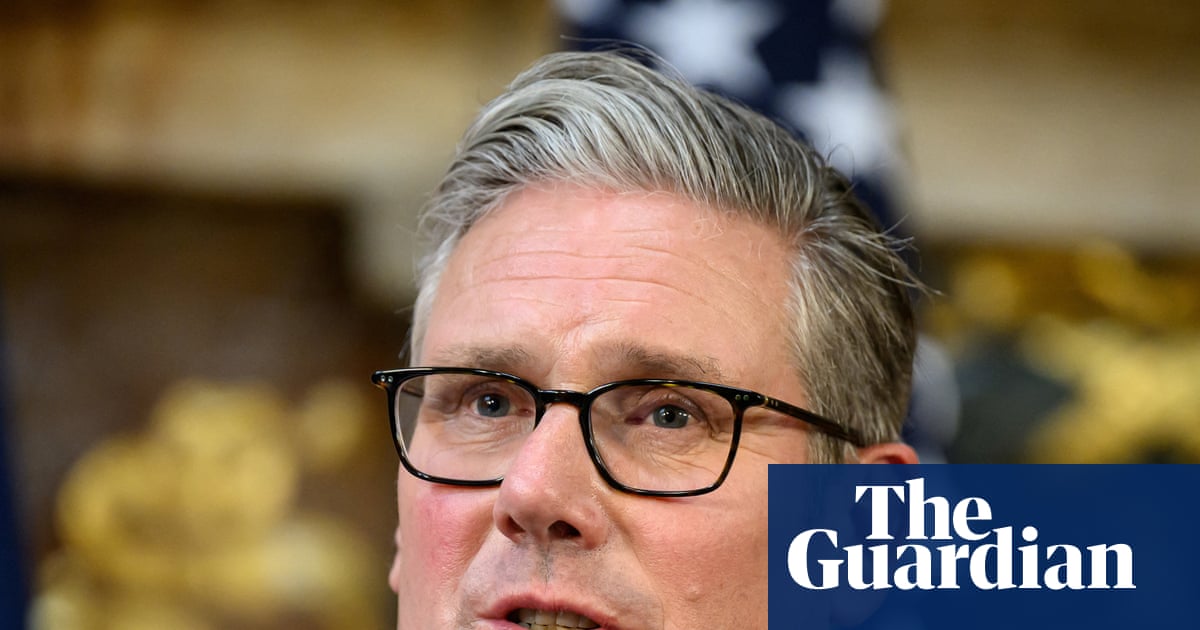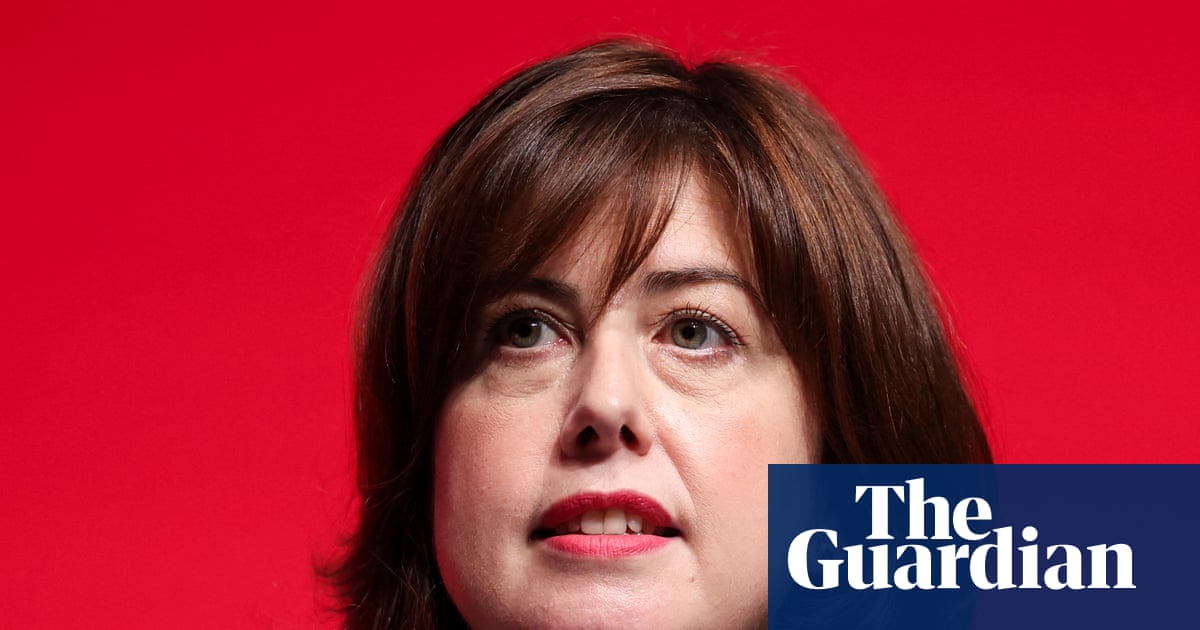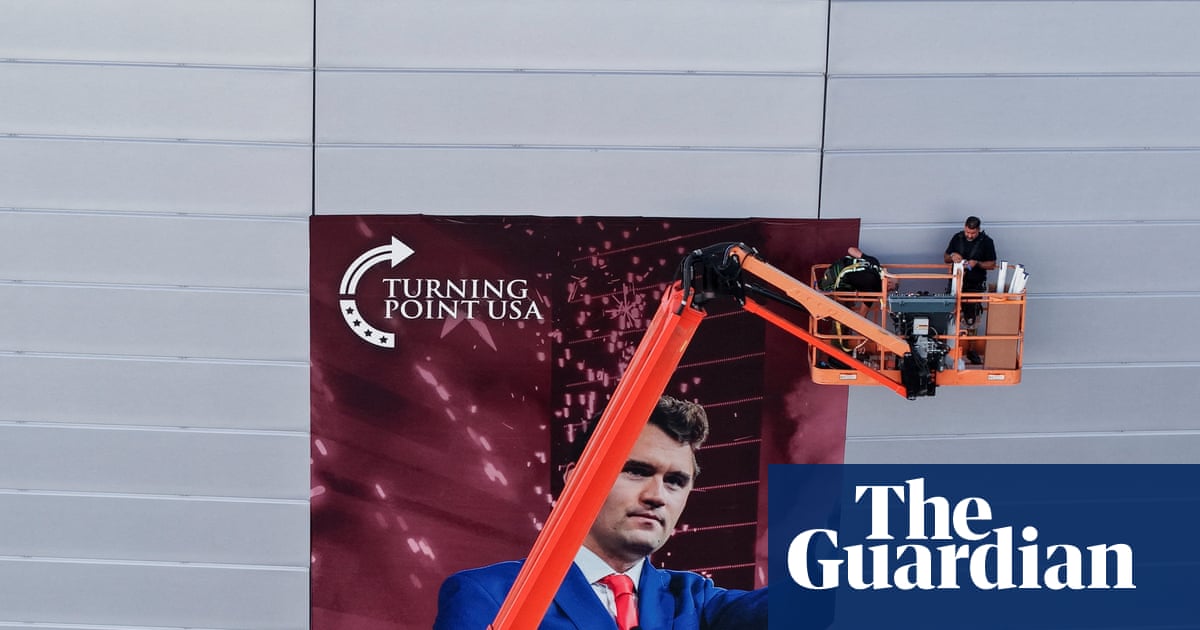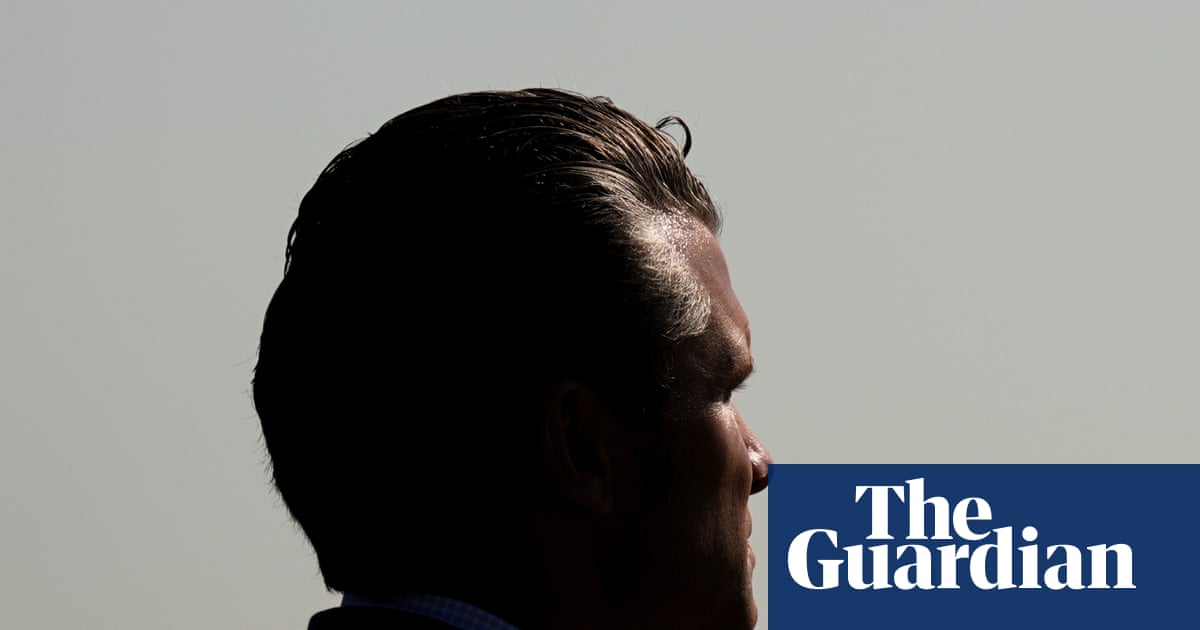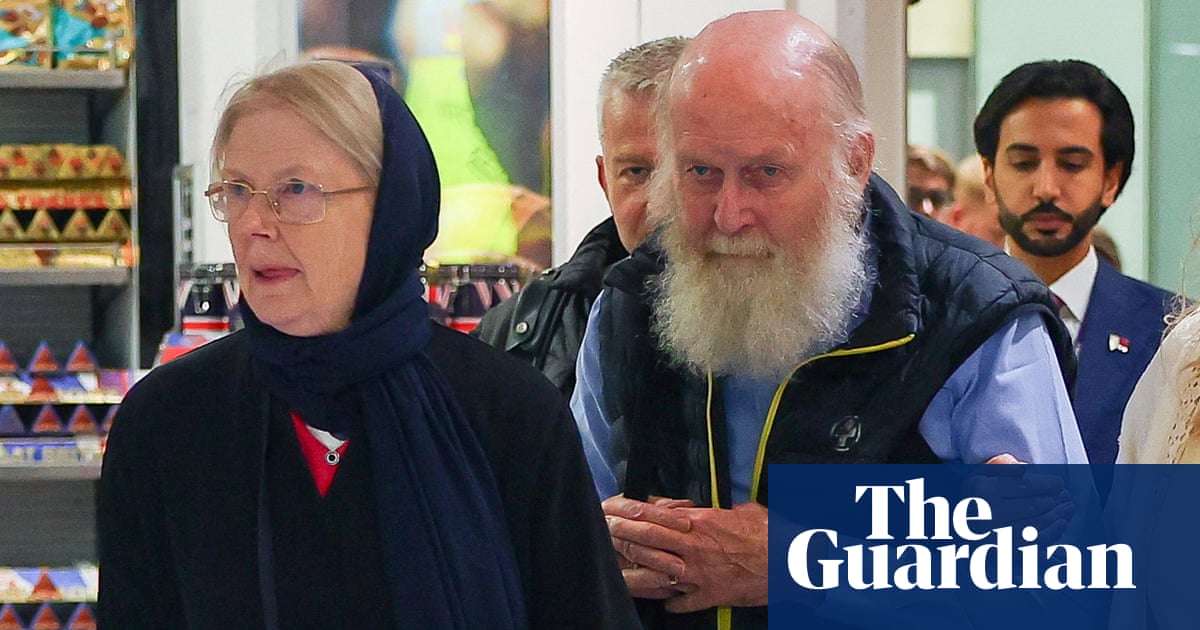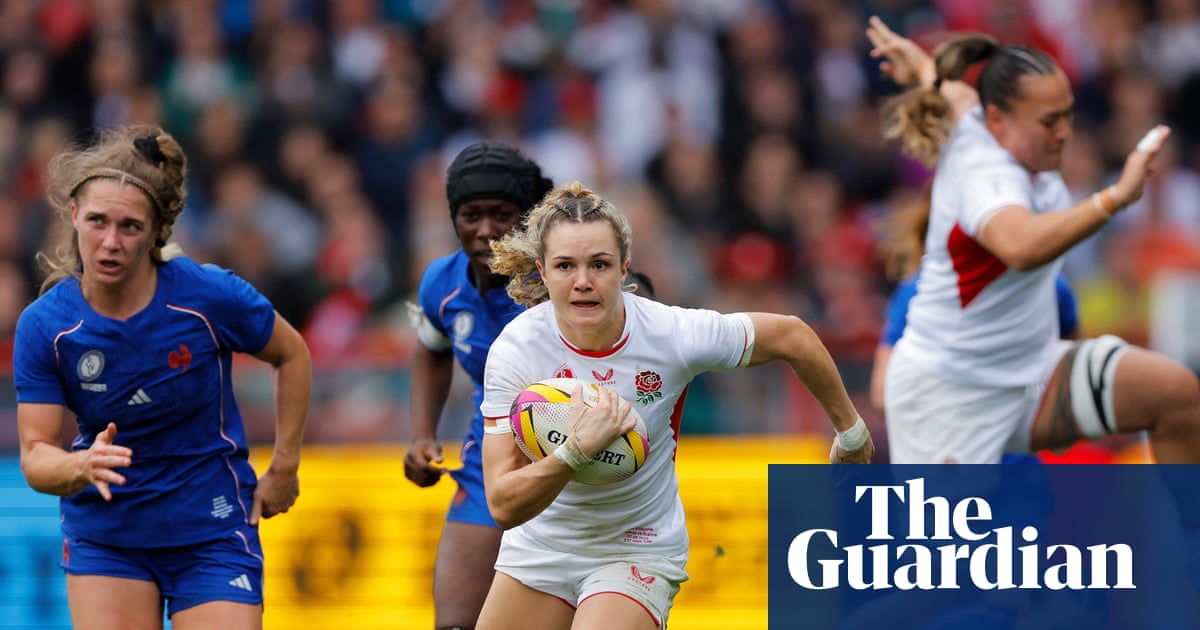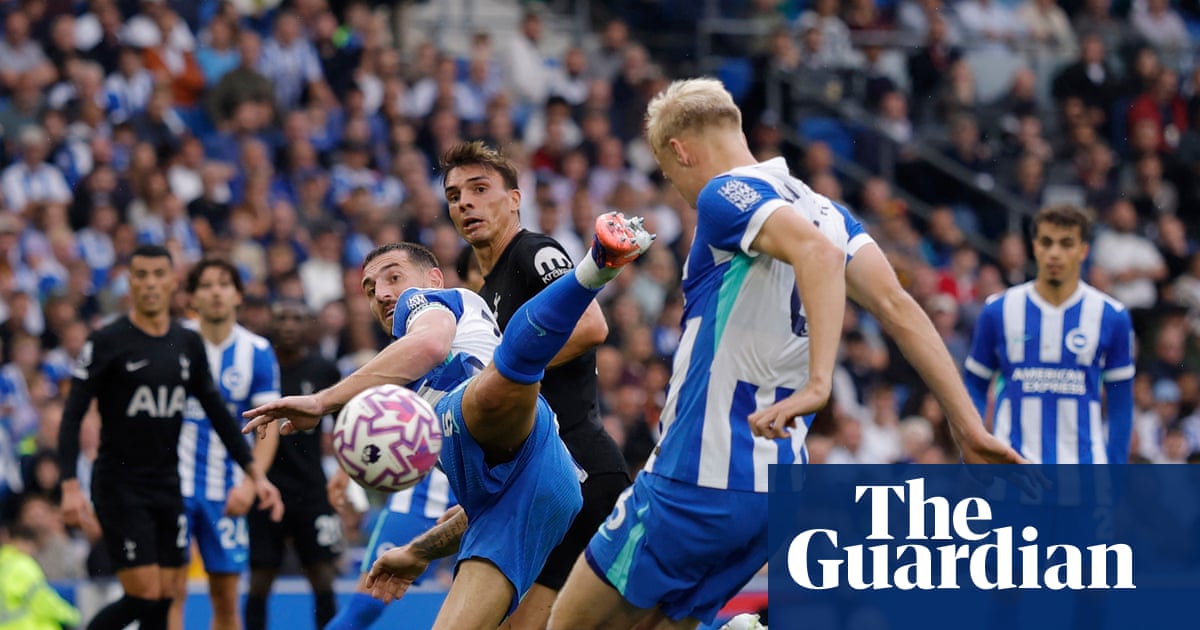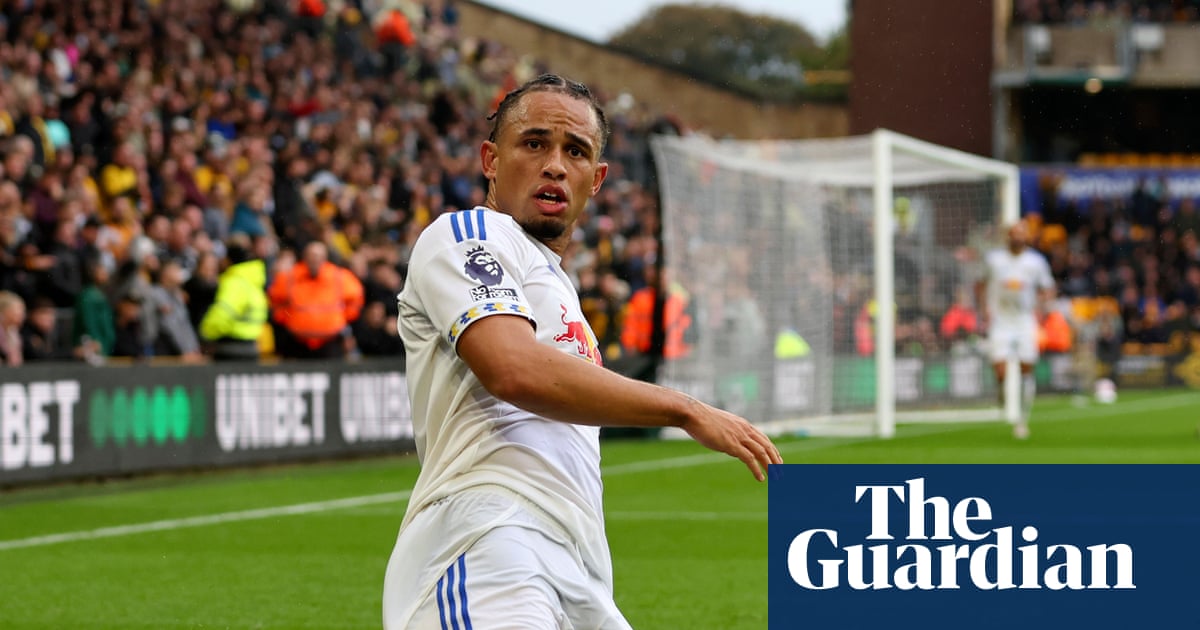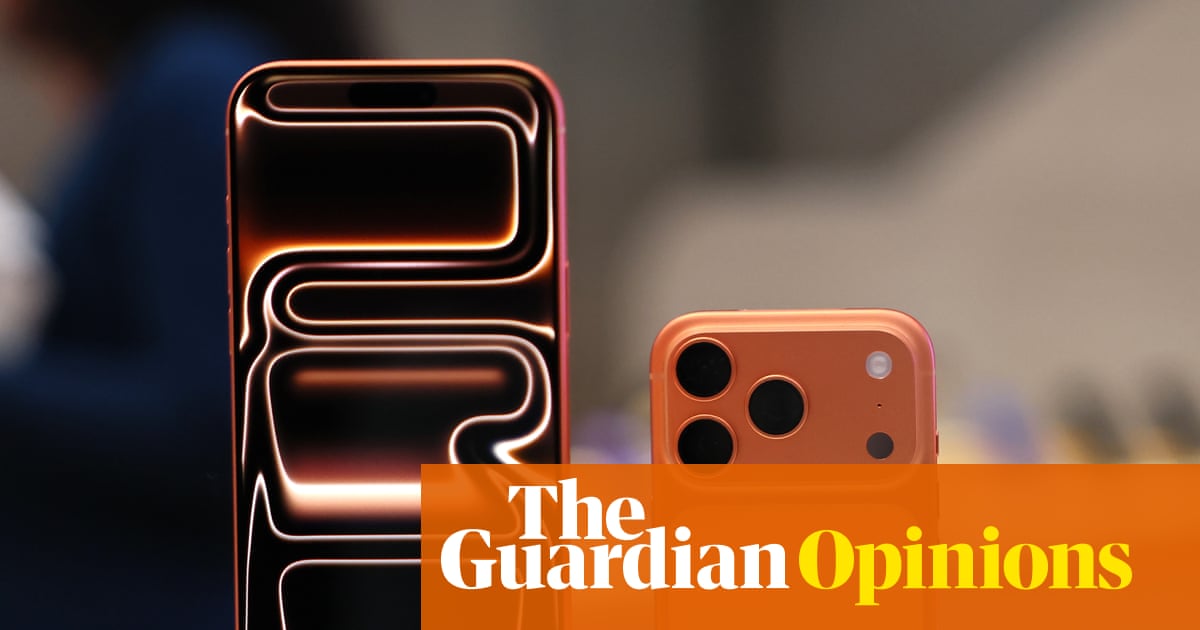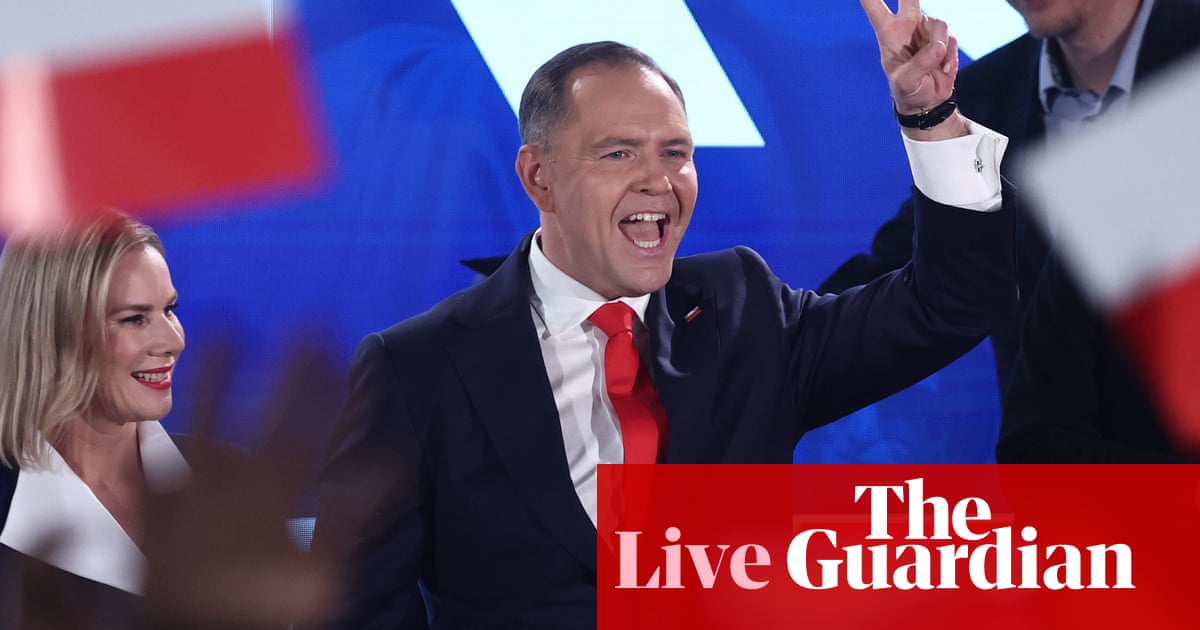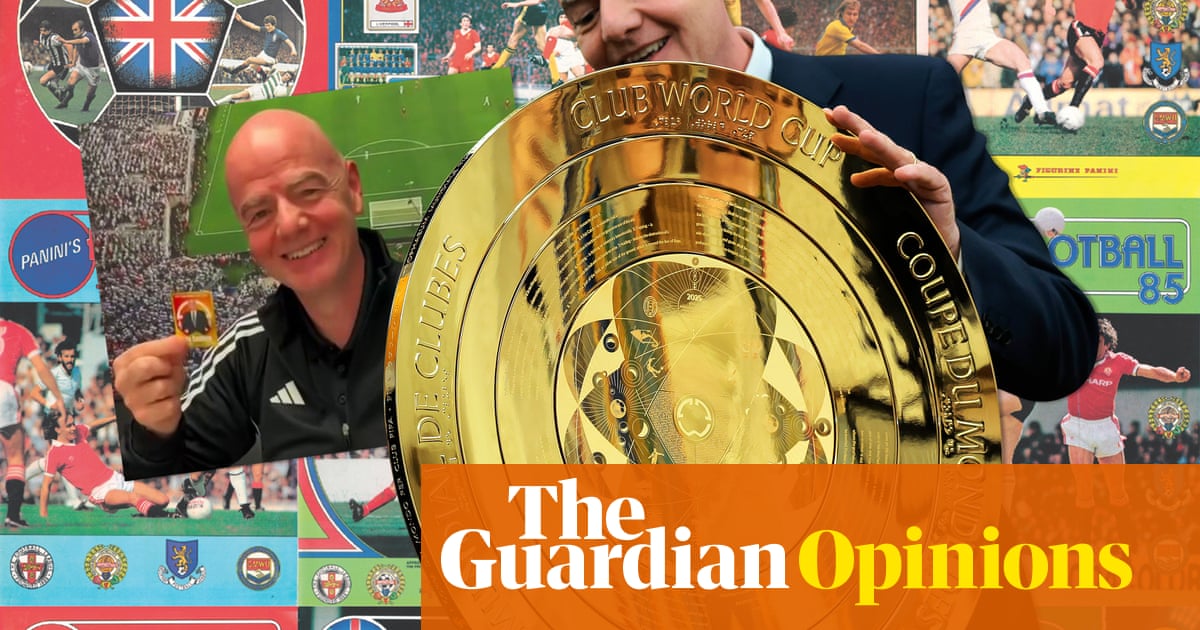
Comedian and writer
After the £10 note with Jane Austen was issued in 2017, I joked that “patriarchy is putting Jane Austen on money after we’ve all switched to contactless”. The Bank of England’s decision to ask the public what they want on their cash stirs the same “too little, too late” sentiment in me. Still, it is nice to take a day off from the cynicism and tackle the question with sincerity: what item, idea or thing best represents Britain? So much comes to mind: a Greggs vegan sausage roll; a rail replacement bus; a traffic cone stuck somewhere it’s not supposed to be. All things quintessentially British. However, there is nothing as irrefutably representative of our national character than the meal deal. An unsatisfying sandwich, a shrinkflation-hit packet of crisps and a flat fizzy drink. Functionally satiating and depressing at the same time. Stick that on your fiver and spend it (since that’s what a meal deal seems to cost these days).

Professor of international history at Cambridge University
Despite being a historian, I welcome the Bank of England’s decision to move away from historical and cultural figures. Icons touch too many nerves. I like the Bermudian idea of using flora and fauna to capture a country’s distinctive identity. A shift like this would show that we’re not trapped in tradition. It also plays to the passion for gardens even in the smallest of spaces and gently reminds us of the climate crisis that is being pushed dangerously to the sidelines. Of course, the precise choice of plants and animals will also generate controversy but one on which everyone can, and will, have a view, ensuring it’s democratic rather than elitist. Personally, I would make a special plea to include the robin redbreast – colourful in voice and appearance all through the year.

Writer and co-host of the politics podcast Pod Save the UK
Sadly, the Bank of England has excluded “living people” from the criteria of what should adorn the new banknotes, which rules out my first choice: the “what a sad little life, Jane” guy. Hear me out. If you haven’t seen the iconic piece of British television to which this refers (it’s a line from an indignant concession speech by a contestant on Come Dine With Me), get thee to YouTube at once. It’s a television moment that has burrowed its way deep into the psyche of large swathes of the public. And at a time of enormous division, what could be amore unifying source of national pride than our irreverent sense of humour? Perhaps this tone applied to the allowed criteria could bear fruit. Native animals and landscapes? Got to be a seagull, chip in beak. Architecture and landmarks? Surely the wheelie bin. Admittedly none are as worthy as say, the suffragettes or the Windrush generation, or feel as emotional as the NHS or our precious rivers and lakes. But it would be a bold message to the world: here we are, a nation so resilient, thick-skinned and confident it can even gently laugh at itself.

Student at the University of Exeter and a Guardian intern
It’s often London-based landmarks that occupy the nation’s imagination with these things. So, with an eye on representing Britain’s architectural heritage and the ingenuity of our early craftsmen outside of the capital, I propose Lincoln Cathedral. A perhaps radical but entirely worthy option, the structure overtook the Great Pyramid of Giza to become the world’s tallest building upon its completion in 1311. The majority of the cathedral still stands to this day, having withstood wars and periods of rapid social change. And, having housed one of only four surviving copies of Magna Carta, its importance to the British democratic tradition is hard to overstate. In a world moving away from cold, hard, physical cash, Lincoln Cathedral on the notes that remain in circulation would remind us of the ambition of those who came before us, and the endurance of the communities that kept it standing.

Broadcaster and journalist
Not so long ago, the Bank of England would have been on safe ground. Back when people and tastes were more monochrome, it was relatively easy to decide which historical figures had enough universal appeal to appear on our banknotes. But now that even a Labour prime minister can declare we’re becoming an “island of strangers”, how do we agree on a notable figure who can withstand the fury of today’s culture wars? Thankfully, the bank has widened the net to include suggestions from the worlds of architecture, popular culture, nature or great events. This means that as well as Olaudah Equiano, an enslaved African who bought his freedom and became a great 18th-century abolitionist and writer, I can suggest an annual occasion that truly speaks not just to who we are, but who we might become if only we listened to our better angels. It attracts more active participants than any other event of its kind, it removes barriers of race, colour or creed rather than erecting them, and sends a healthy message around the world about Britain and the people who live here. I speak of course of the London Marathon. Who could resist a picture of the madding crowds thronging over the iconic Tower Bridge?

 2 months ago
78
2 months ago
78
